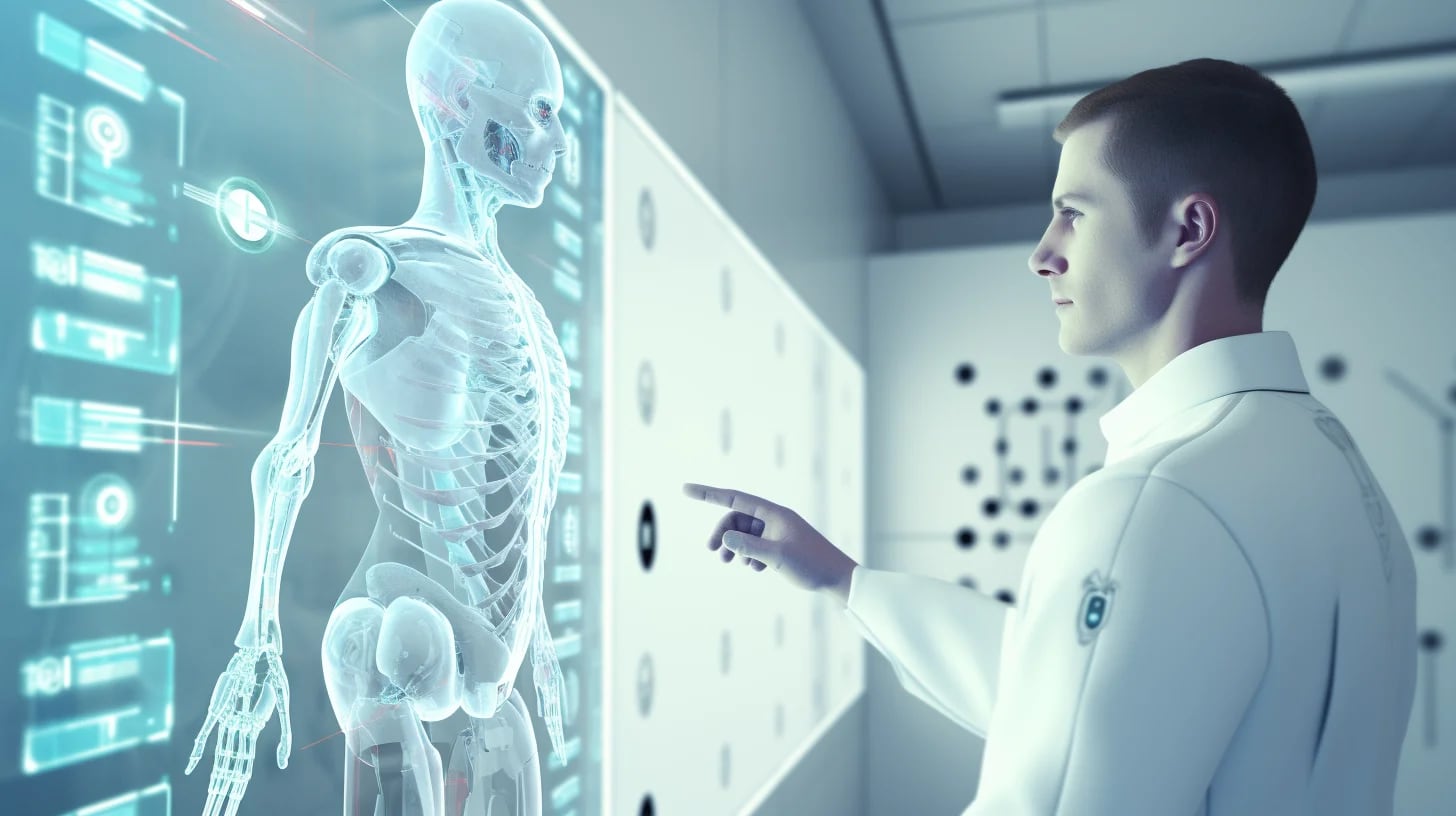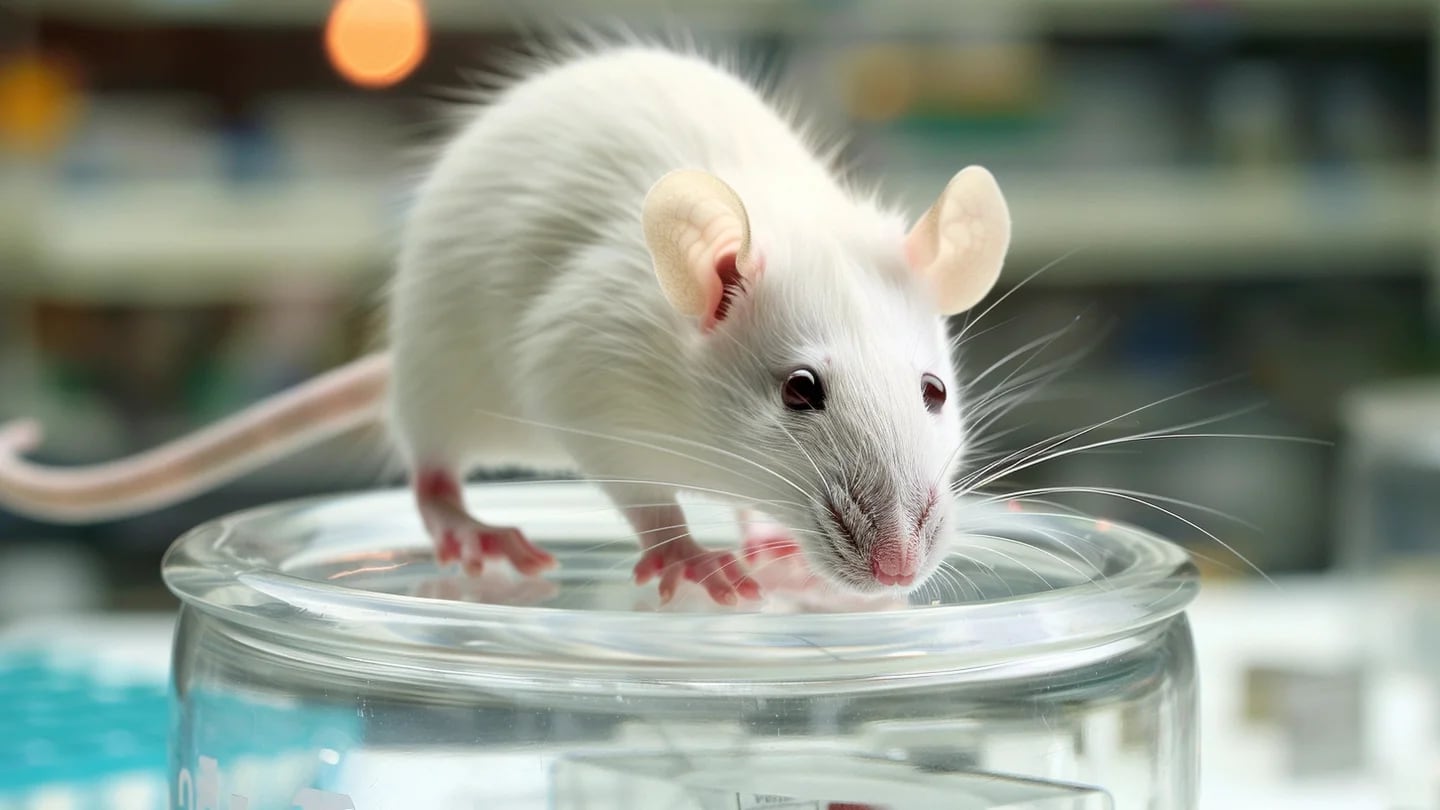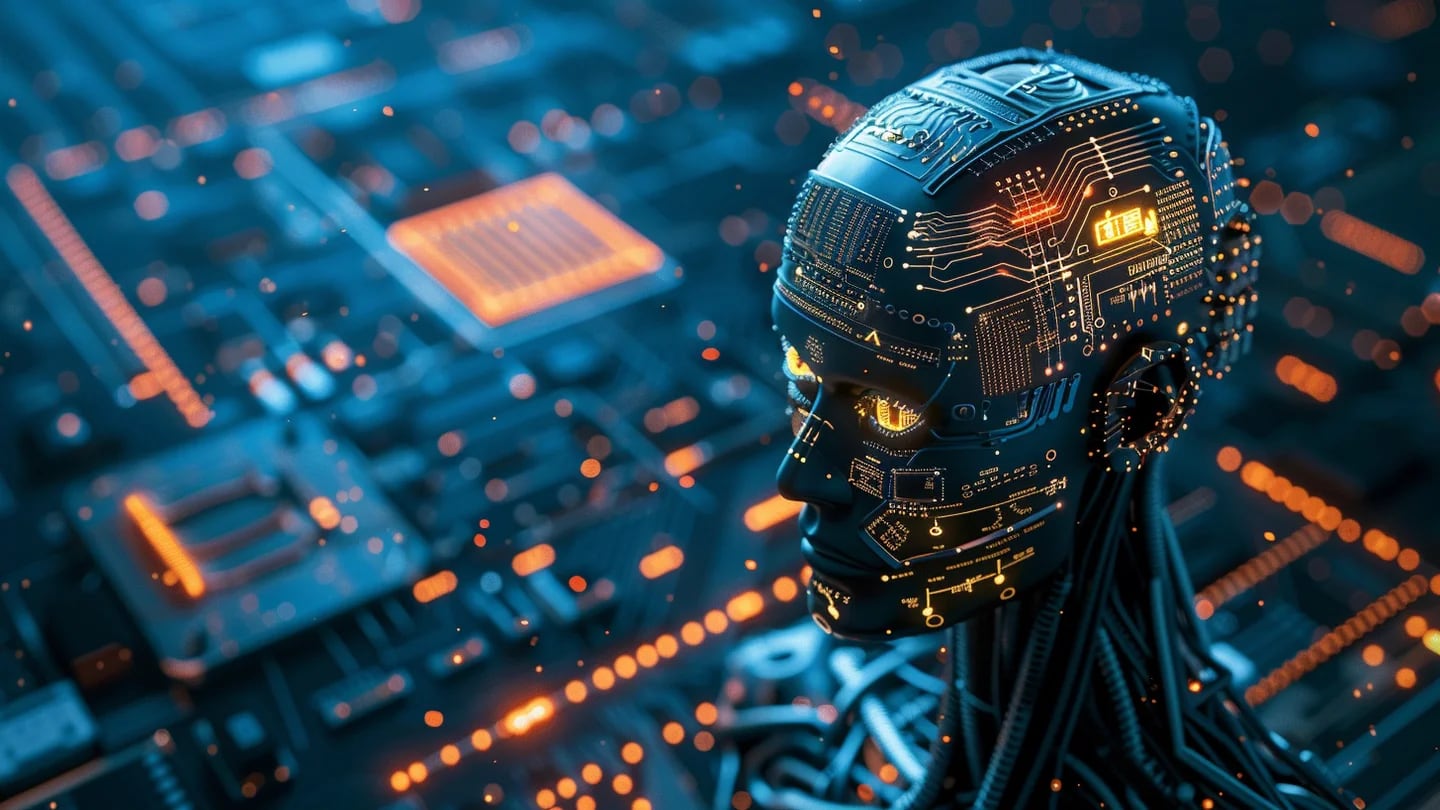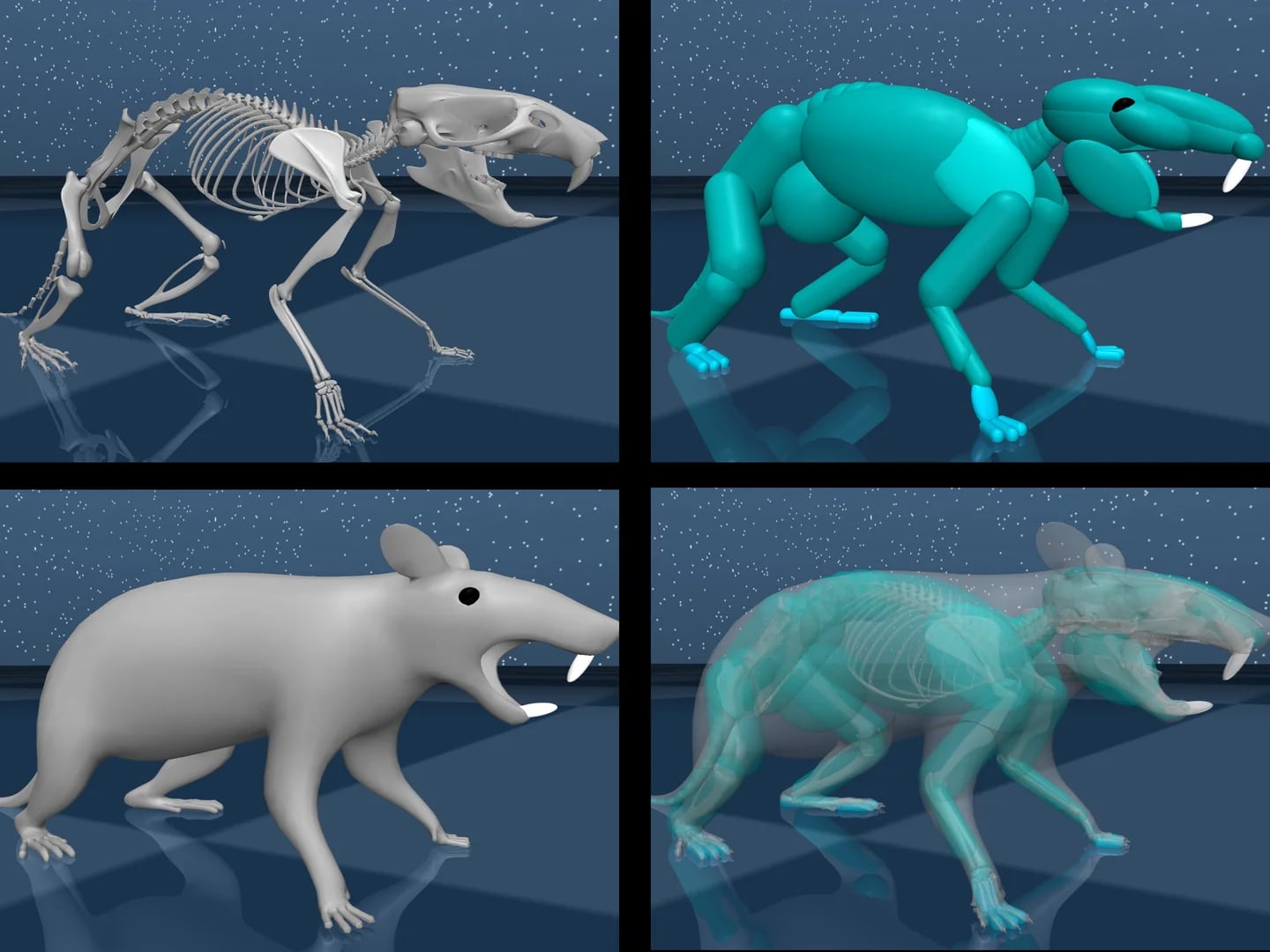- How to create videos with artificial intelligence and for free
- How AI Helps Cat Owners Detect When They’re in Pain
- Tesla revealed that two humanoid robots are working autonomously in its factory

Robots that mimic not only human appearance, but also their brain capacity are becoming more and more possible with the advancement of artificial intelligence, even more so with the recent development of Harvard University and Google: a prototype capable of controlling complex and coordinated movements.
Harvard University and DeepMind, Google’s artificial intelligence company, shed light on understanding the complex mechanisms of the human brain by developing a virtual rat with an artificial brain capable of being autonomous.
This breakthrough, published in the journal Nature, aims to be an important precedent in neuroscientific research, and in the application of artificial intelligence for brain studies, and its implementation in autonomous machines.
SEE ALSO:
- A robot equaled the human being: It assembled a Rubik’s cube in record time
- Bill Gates’ five predictions about technology that came true: AI is present
How robots can behave like a living being

The Google and Harvard development focused on unraveling how the brain controls movement. To do this,the researchers used real data from rats recorded in high resolution, which were then used to train an artificial neural network.
This network is responsible for controlling the virtual body in an advanced physics simulator called MuJoco. In this way, the team of scientists verified that the “artificial brain” activated neural control networks in the face of movements in a similar way to the real brains of rats.
According to the Harvard neuroscientists, the findings showed that the activation patterns in the artificial neural network were very similar to those of real rats.
This finding is fundamental, because it confirms that the neural network created with artificial intelligence can accurately replicate the neural processes involved in the movements of a living being.
How they made an artificial rat imitate a real one

In this component, the collaboration with DeepMind was crucial at this stage of the project. This synergy allowed the training of a neural network that can not only generate the forces necessary for a variety of behaviors, but is capable of imitating movements for which it was not specifically trained.
Similarly, this research has multiple implications. First, it provides a practical and transparent model for studying neural circuits and their involvement in various diseases. This model can help identify how failures in these circuits can lead to neurological pathologies.
Also, this platform also opens up new opportunities in the design of robotic control systems. The algorithms developed could be used to create more “human” robots with more sophisticated movement capabilities, applicable in a wide range of industries, from manufacturing to medicine.
What is the future of autonomous robots

The future of human robots continues to be forged. The next step in the Google and Harvard project is to empower the virtual rat so that it can solve tasks in a similar way to real rats.
A virtual rat capable of solving problems autonomously would allow scientists to conduct experiments that would be difficult or impossible to carry out in a physical environment with live rats.
This not only streamlines the research process, but also allows for deeper and faster exploration of the underlying neural mechanisms, which can be applied in more human species.
How Artificial Intelligence Is Innovating

Google DeepMind’s systems are not limited to studying the brain and movement. These same systems are being applied in other areas such as identifying changes in human DNA that cause disease.
Artificial intelligence could reveal genetic mutations associated with complex medical conditions and aid in the development of more effective and personalized therapies.
In addition, research explores the creation of advanced materials for practical applications. This includes the development of useful materials to make more efficient solar cells, high-capacity batteries, and more powerful and economical computer chips.
Such advances in materials could revolutionize entire industries, from renewable energy technologies to computing and telecommunications.



Comments